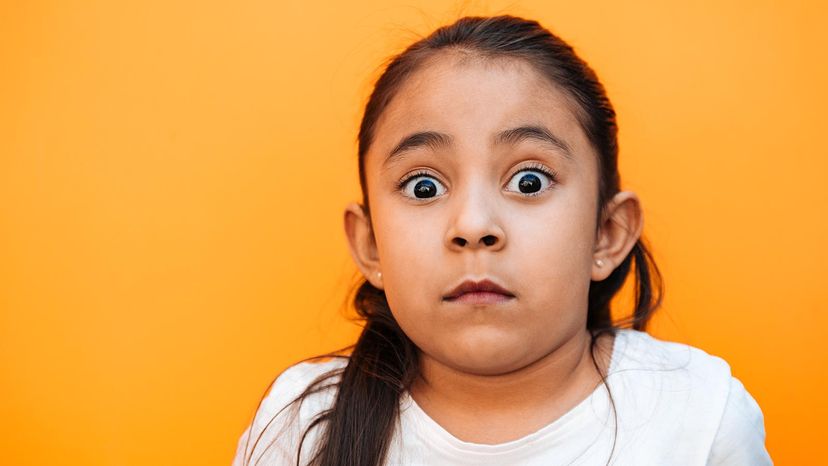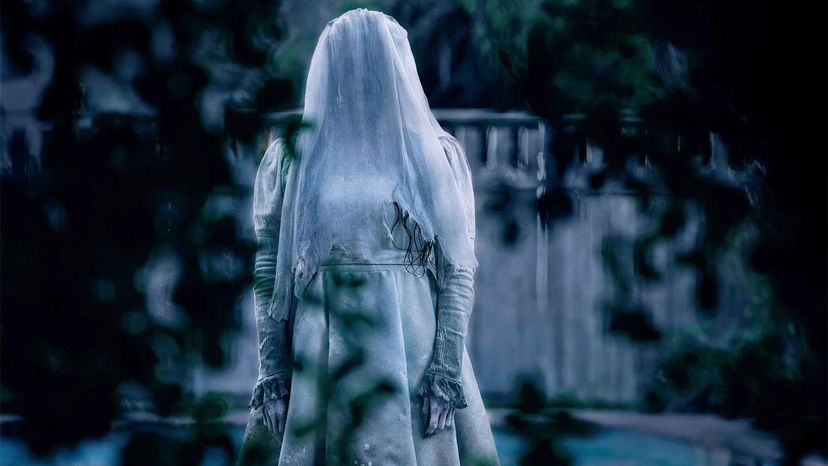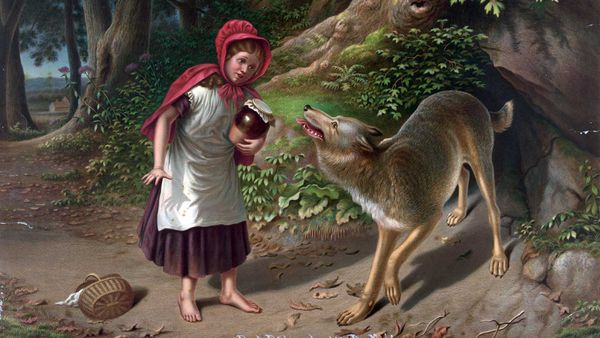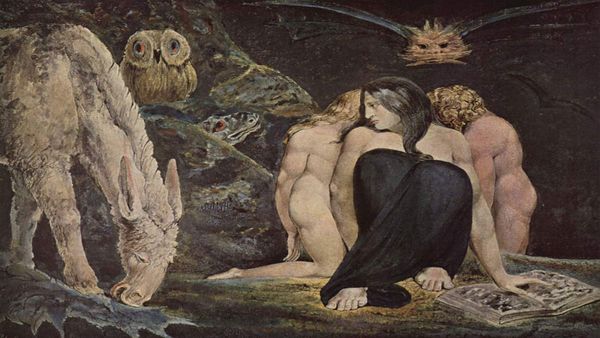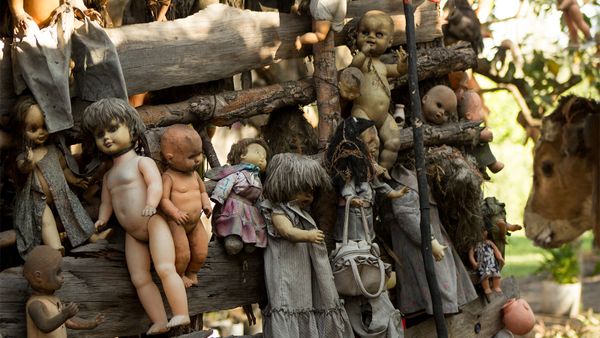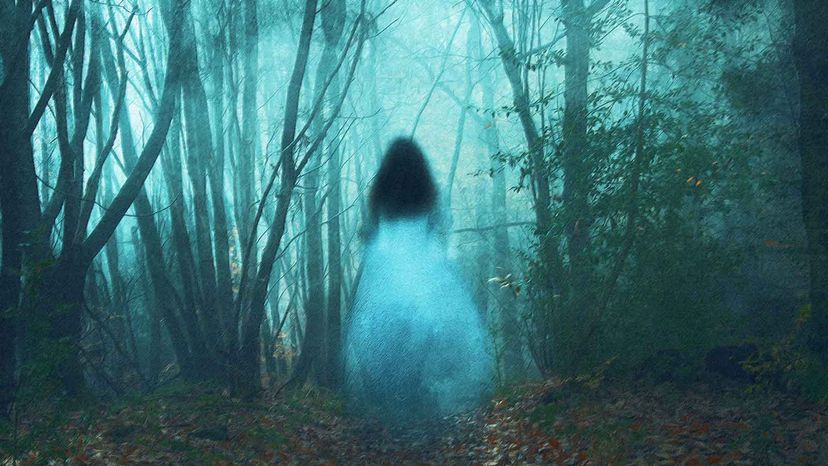
Key Takeaways
- La Llorona is a terrifying ghost from Mexican folklore who murders children she mistakes as her own, haunting rivers and waterways in search of her lost children.
- Parents tell the legend of La Llorona to scare children into behaving and staying safe, using her as a cautionary tale to prevent kids from wandering alone.
- The story of La Llorona serves as a metaphor for survival, relatability and facing difficult emotions, with variations in the tale passed down through generations in Mexican culture.
Frightening characters abound in children's literature — think Lamia who eats children and Rumpelstiltskin who tries to steal one. But there's another terrifying and creepy ghost said to murder children she mistakes as her own and she's part of the best-known legend of Mexico and areas with high Mexican immigration.
This ghost is La Llorona, the weeping woman.
Advertisement
"La Llorona is a Latinx legend that is based upon an entity that haunts rivers and waterways searching for her lost children," says Camille Maria Acosta, an independent folklorist and researcher who specializes in Latin and Chicana folklore and horror narrative. "The concept of a monster or a ghost stealing you away for all eternity is quite a frightening concept, both for little ones and adults."
